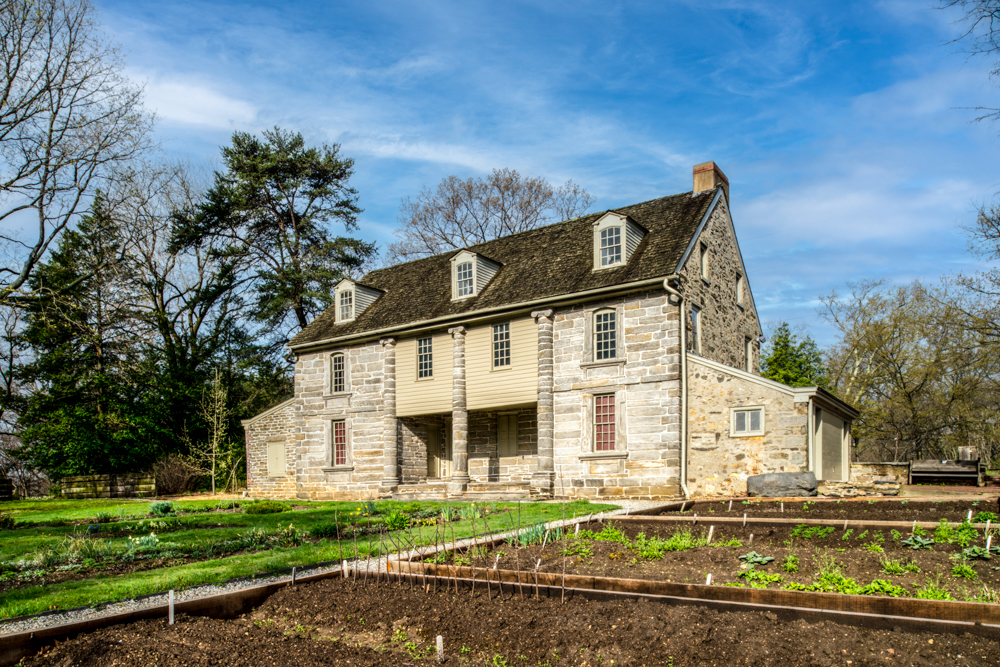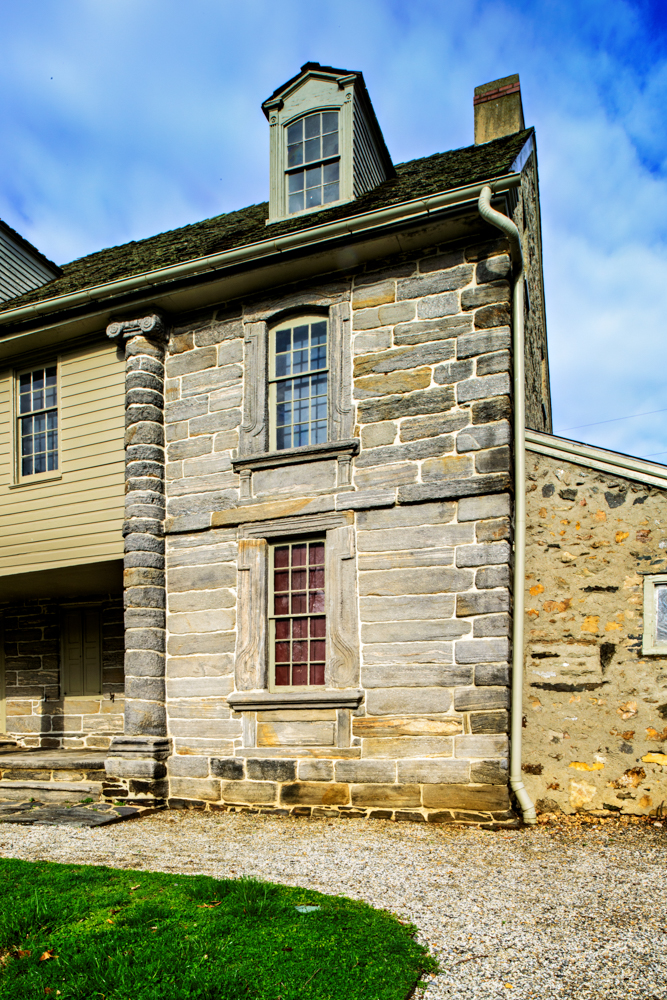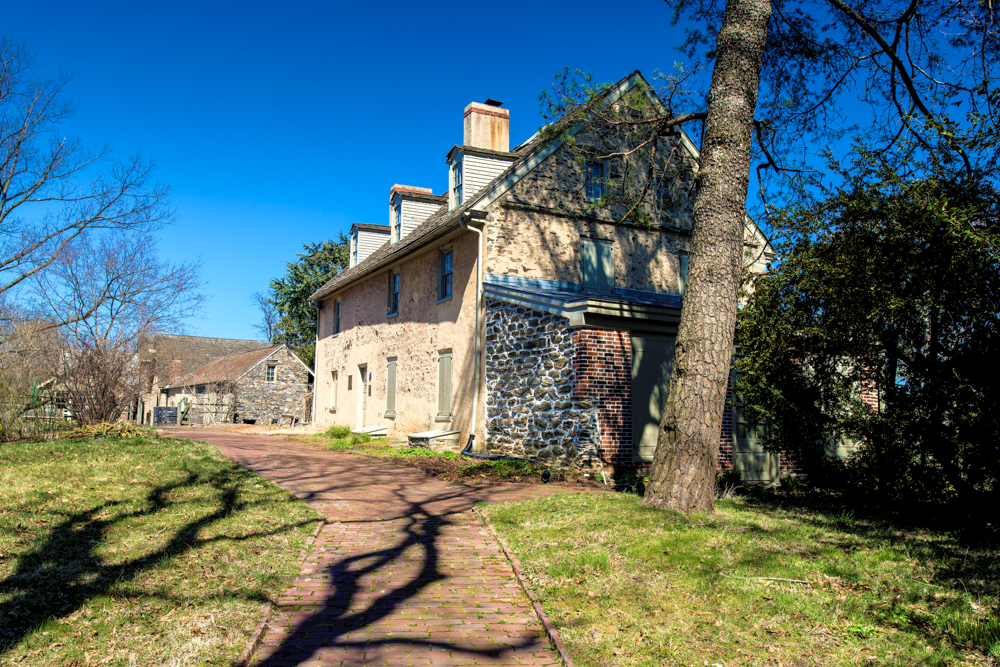Exterior
5/5
Interior
5/5
Site
5/5
History
5/5
Overall
5/5
A fascinating combination of Georgian and Vernacular style, this Schuylkill River residence is outshone by the surrounding landscape.
One of the first botanic gardens in the English colonies, Bartram’s Garden and the Bartram house provides a unique insight into the world of 18th century science. This setting also creates one of the few places where you can time travel and see an eighteenth century houses in an untouched environment



